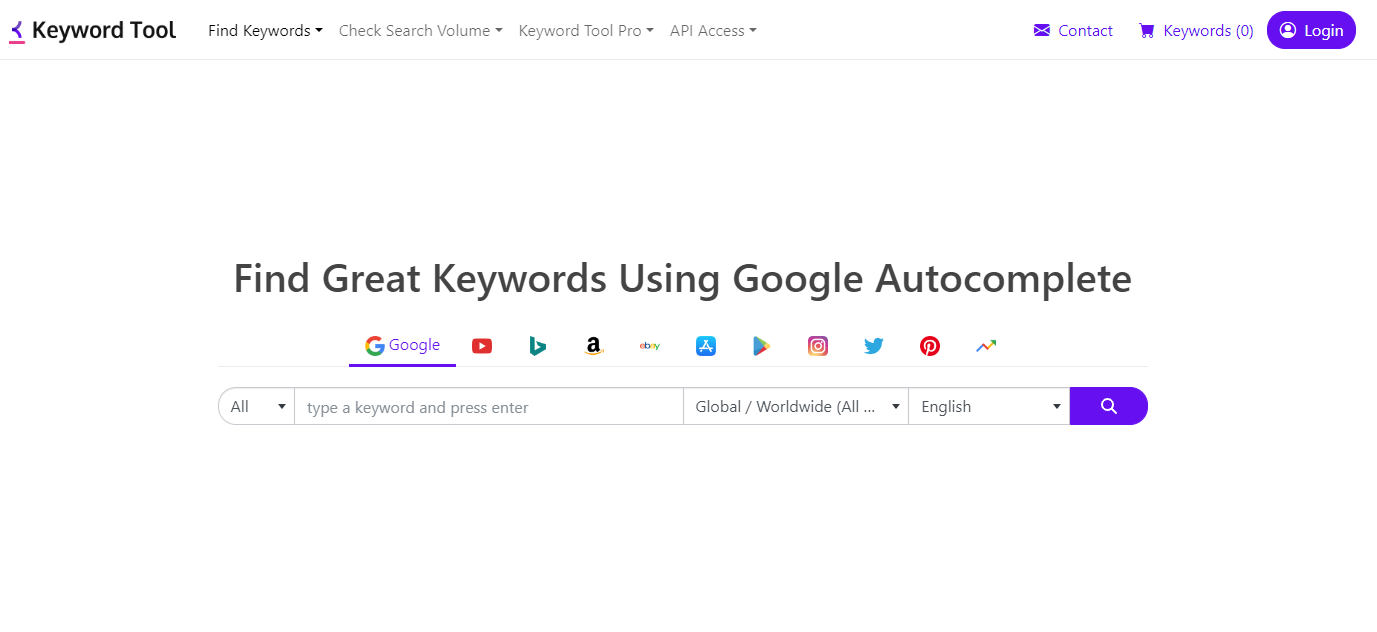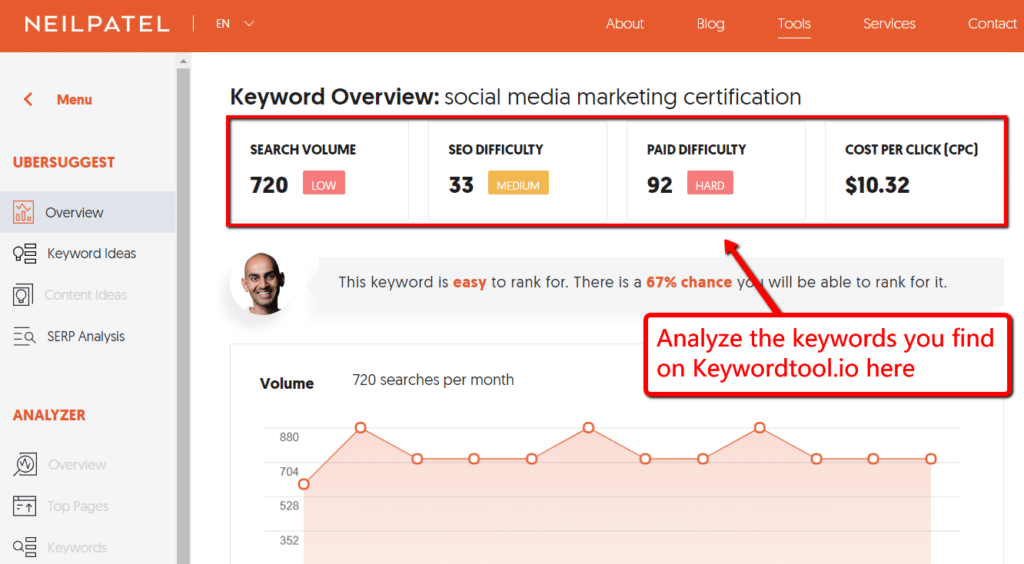Blog article
How content marketing enhances eCommerce websites’ SEO in 2025
Estimated reading time: 4 minutes

Ecommerce businesses can no longer view SEO and content marketing as separate entities. As search engine algorithms continue to evolve, the line between SEO and content marketing blurs, emphasizing the importance of high-quality content.
Link building, a vital SEO activity, has always influenced a website’s ranking power. The more high-quality backlinks to your site, the more credible it appears to search engines — specifically to crawlers responsible for indexing online content.
Link Building Evolution and the Importance of Content
Years ago, marketers used tricks like spam comment submissions, link farming, and low-quality article directories to build massive backlink profiles. Search engines, however, have outsmarted these tactics, refining their algorithms to reward quality content and ethical, user-centric link-building strategies.
Now, a solid content marketing strategy focused on effective keyword research, extensive content promotion, and strategic guest posting has become the best way to build links. This is especially true for ecommerce websites, where content not only amasses links and traffic but is also directly tied to other relevant SEO metrics — from organic click-through rates to pages visited per session.
Determining Demand with Keyword Research
For an ecommerce content strategy to be successful, it must align with the target audience’s needs. Identifying these needs can be made easier with keyword research tools. Here are three tools to consider:
Keywordtool.io
- Offers a quick glimpse into what users are looking for by generating long-tail keyword suggestions.
- Particularly helpful for identifying niche markets in ecommerce.
- Useful for ecommerce platforms targeting specific product categories.

- Offers competition insights along with keyword suggestions.
- Valuable for ecommerce businesses aiming to outperform competitors.
- Provides a cost-effective solution for startups and businesses on a budget.

Answer the Public
- Presents questions and comparisons the online public is asking around certain terms.
- Ideal for ecommerce businesses developing blog content or FAQ sections.
- Supports the development of content that answers consumer queries.
After identifying valuable keyword opportunities, you should incorporate them into your content. This needs to be done in a way that enhances the user experience, without disrupting it. Make sure your keyword appears at least once in your content’s title, headers or main body, and meta description.
Utilizing Keywords for Ecommerce Content Development
After identifying profitable keyword opportunities, incorporate them into your content in a user-friendly manner. Make sure your keyword appears at least once in the title, headers or main body, and meta description of your content.
Developing keyword-optimized content for ecommerce websites can also benefit from solutions that utilize Natural Language Processing (NLP), like Verbolia, which analyzes your existing content’s semantic context to produce high-quality, keyword-tailored content that engages your audience.
Enhancing Ecommerce Content Appeal
High-quality content is crucial for ecommerce success, but it must also captivate your target audience. Infographics, listicles, and screenshots can add visual appeal and readability to your content, keeping readers engaged.
Platforms like Canva allow you to create infographics without needing professional design skills. Listicles, on the other hand, provide an organized, easy-to-digest format for readers seeking specific information. Screenshots, especially for software tutorials, offer visual aid and context, making your content even more compelling.
Conclusion
Content marketing is not just about generating sales; it’s about providing value to your audience. In return, you’ll build customer trust and enhance your ecommerce website’s SEO performance. Focus on creating content that resonates with your audience, incorporating effective keyword strategies and visually appealing elements. By doing so, you’ll improve your content marketing for ecommerce websites and drive success in 2025 and beyond.
About The Author
How can Verbolia help your e-commerce platform.


